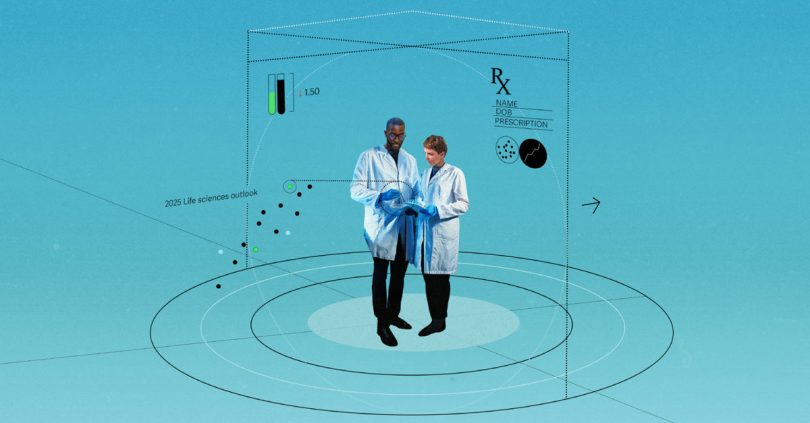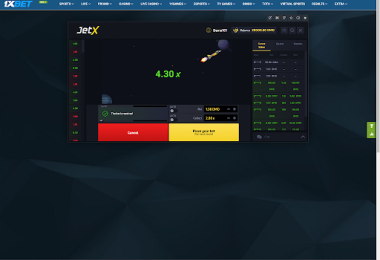The life sciences sector is undergoing a period of accelerated transformation. Scientific breakthroughs, digital innovation, and evolving public health needs are reshaping how therapies and technologies reach the market. But alongside this progress comes the growing challenge of navigating regulatory frameworks across borders. Increasingly, companies are recognizing that the global regulatory environment is not just about compliance; it is about strategic alignment. The concept of regulatory convergence—where international standards, processes, and expectations become more harmonized—is gaining momentum. For life sciences organizations, this trend offers both opportunities and complexities.
This article explores the drivers of global regulatory convergence, its implications for industry players, and how companies can position themselves to thrive in this evolving landscape.
The Drivers of Global Convergence
1. Globalization of Clinical Trials and Supply Chains
Modern drug and device development is rarely confined to a single market. Multinational clinical trials, global manufacturing hubs, and intricate distribution networks mean that regulators across regions must work more closely together. Harmonization reduces duplication and accelerates access to life-saving products.
2. International Harmonization Initiatives
Organizations such as the International Council for Harmonisation of Technical Requirements for Pharmaceuticals for Human Use (ICH) and the International Medical Device Regulators Forum (IMDRF) are leading the charge toward standardized guidelines. By creating common technical requirements, these groups aim to reduce regulatory fragmentation and streamline product approval.
3. Technological Advancements and Digital Health
The rise of digital therapeutics, AI-driven diagnostics, and real-world evidence tools requires consistent oversight. Without convergence, fragmented regulations could slow innovation. Regulators increasingly acknowledge that collaboration is essential for keeping pace with technology.
4. Public Health Crises as Catalysts
The COVID-19 pandemic highlighted the need for regulatory agility and collaboration. Emergency use authorizations, global vaccine trials, and cross-border data sharing demonstrated how coordinated approaches can accelerate access to critical interventions.
Opportunities for Companies
Faster Market Access
Converged regulations reduce the need for repetitive submissions in multiple jurisdictions. By aligning dossiers to global standards, companies can expand into new markets more quickly, shortening the time between development and patient access.
Reduced Costs and Administrative Burden
Standardized documentation and harmonized quality systems lessen the compliance overhead. This not only saves money but also frees up resources to focus on innovation and patient engagement.
Improved Patient Safety and Trust
Global alignment enhances post-market surveillance and pharmacovigilance. With consistent reporting standards, safety signals can be identified faster and acted upon more effectively, building trust among patients, providers, and regulators alike.
Challenges on the Road to Convergence
While the benefits are clear, regulatory convergence is not without hurdles:
- Regional Differences Persist: Local political, cultural, and healthcare priorities mean that regulators will continue to maintain unique requirements in certain areas.
- Resource Disparities: Not all regulatory authorities have equal capacity or infrastructure, leading to uneven adoption of global standards.
- Evolving Standards: As harmonization efforts evolve, companies must remain flexible and adapt to shifting requirements.
These challenges mean that convergence is a journey rather than a final destination. Organizations that remain proactive and adaptive will be best positioned to navigate it.
How Companies Should Prepare
1. Invest in Robust Regulatory Intelligence
Continuous monitoring of global regulatory developments is critical. Companies must not only track emerging standards but also anticipate how they will impact development timelines and market strategies.
2. Adopt Global Quality Systems
Implementing harmonized quality management practices, such as those aligned with ISO standards and QMSR, positions companies for smoother compliance across multiple jurisdictions.
3. Leverage Technology and Data Analytics
Digital tools can help standardize submissions, manage regulatory data, and ensure compliance consistency across markets. Cloud-based platforms and AI-driven insights are increasingly becoming part of life sciences regulatory solutions.
4. Engage Early with Regulators
Proactive communication with regulatory bodies during development can help align expectations and avoid costly rework later. Many regulators now encourage early scientific advice and joint consultations.
5. Partner with Regulatory Consultants
Specialized consulting firms can provide the expertise and global perspective needed to navigate the complexities of convergence. They bring practical insights from working across jurisdictions and can help tailor strategies to specific business goals.
Looking Ahead: Pharma and MedTech in 2026 and Beyond
By 2026, global regulatory convergence is likely to become more tangible. Anticipated trends include:
- Greater Reliance on Real-World Evidence (RWE): Regulators worldwide are moving toward accepting RWE as part of approval and post-market monitoring processes.
- Digital-First Submissions: Cloud-based regulatory submissions will become the norm, reducing administrative lag and enabling real-time updates.
- Stronger Cross-Border Collaborations: Initiatives like joint inspections and shared review procedures will expand, particularly between regions with aligned priorities (e.g., EU-U.S. or ASEAN countries).
- AI in Regulatory Review: Artificial intelligence will increasingly support regulatory decision-making, accelerating timelines but requiring robust governance frameworks.
For companies, this means the regulatory function will continue shifting from a compliance-driven silo to a strategic driver of global growth.
In Short
The momentum toward global convergence in life sciences regulation is undeniable. While differences will persist, the overall trend is clear: regulators, industry, and stakeholders are moving toward a more unified system that prioritizes patient safety, innovation, and efficiency. For life sciences companies, the key is to view convergence not as a compliance challenge but as a strategic opportunity. By investing in harmonized quality systems, leveraging technology, and engaging proactively with regulators, organizations can transform their regulatory function into a true enabler of innovation.
In a world where borders matter less and patient needs are global, those who adapt to regulatory convergence will not only accelerate access to life-changing therapies but also gain a lasting competitive advantage.





